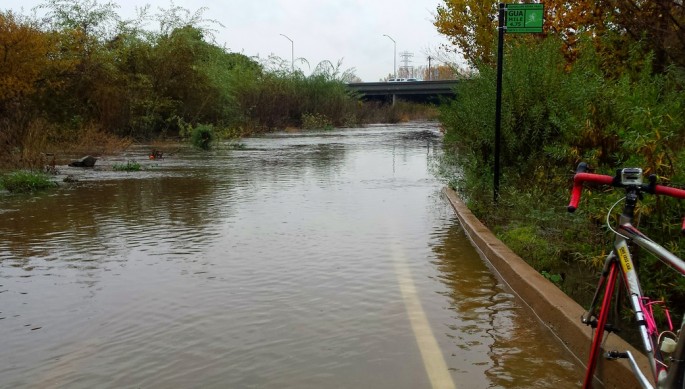The river that runs through San Jose, California which is home to a rich ecosystem and wildlife filled with trout, salmon and beavers among many other animals, has now dried up even after strong conservation efforts.
During the past two months, the Guadalupe river now transformed into miles of cracked, grey riverbed where fish and other wildlife have either disappeared or died according to local news reports.
According to executive director of the Guadalupe River Park Conservancy, Leslee Hamilton, this is truly heartbreaking, who runs the nonprofit agency along with educational and community programs near the river. She adds that there was a significant increase in birds and wildlife in the area, but the timing of this is just devastating.
The Guadalupe River was named by a Spaniard exploring the region named Juan Bautista de Anza in 1776 after the Virgin of Guadalupe when he was camping along the river banks during his journey from Monterey to San Francisco.
The river begins in the Santa Cruz Mountains within smaller creeks where tributaries eventually merge together to form a river in the Almaden area of San Jose, south of Highway 85. During regular years, the river flows across north into neighborhoods towards downtown and near Mineta San Jose International Airport, ending in San Francisco Bay in Alviso.
Even if there's prevalent homeless presence along the riverbed, the river became a thriving trail for bicyclists with its trail network along with a growing community where members have seen fish and wildlife rebound.
Even if California law requires dams to release water for fish in the river, Santa Clara Valley Water District officials warned low water levels from their reservoirs, just 46 percent full. Officials also believe that even if a significant amount of water is released, most water will just be absorbed by and disappear in the arid soil surface where the Guadalupe river will be dry again in a month.
The 14 mile Guadalupe river is now completely dry not only because of less water released by reservoirs and dams but the state's rivers and creeks are slowly disappearing due to almost four years of extreme drought and dry weather.



























